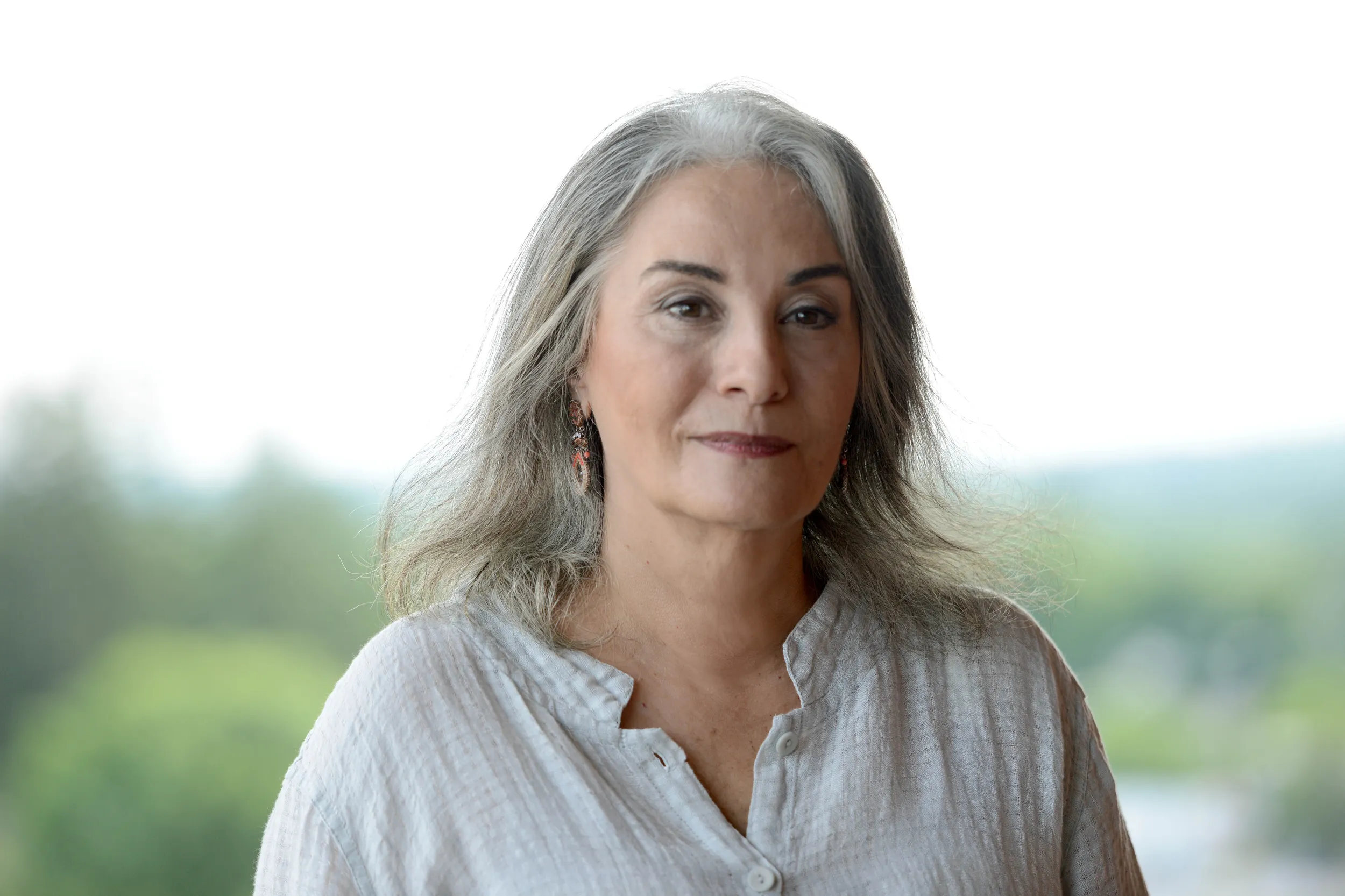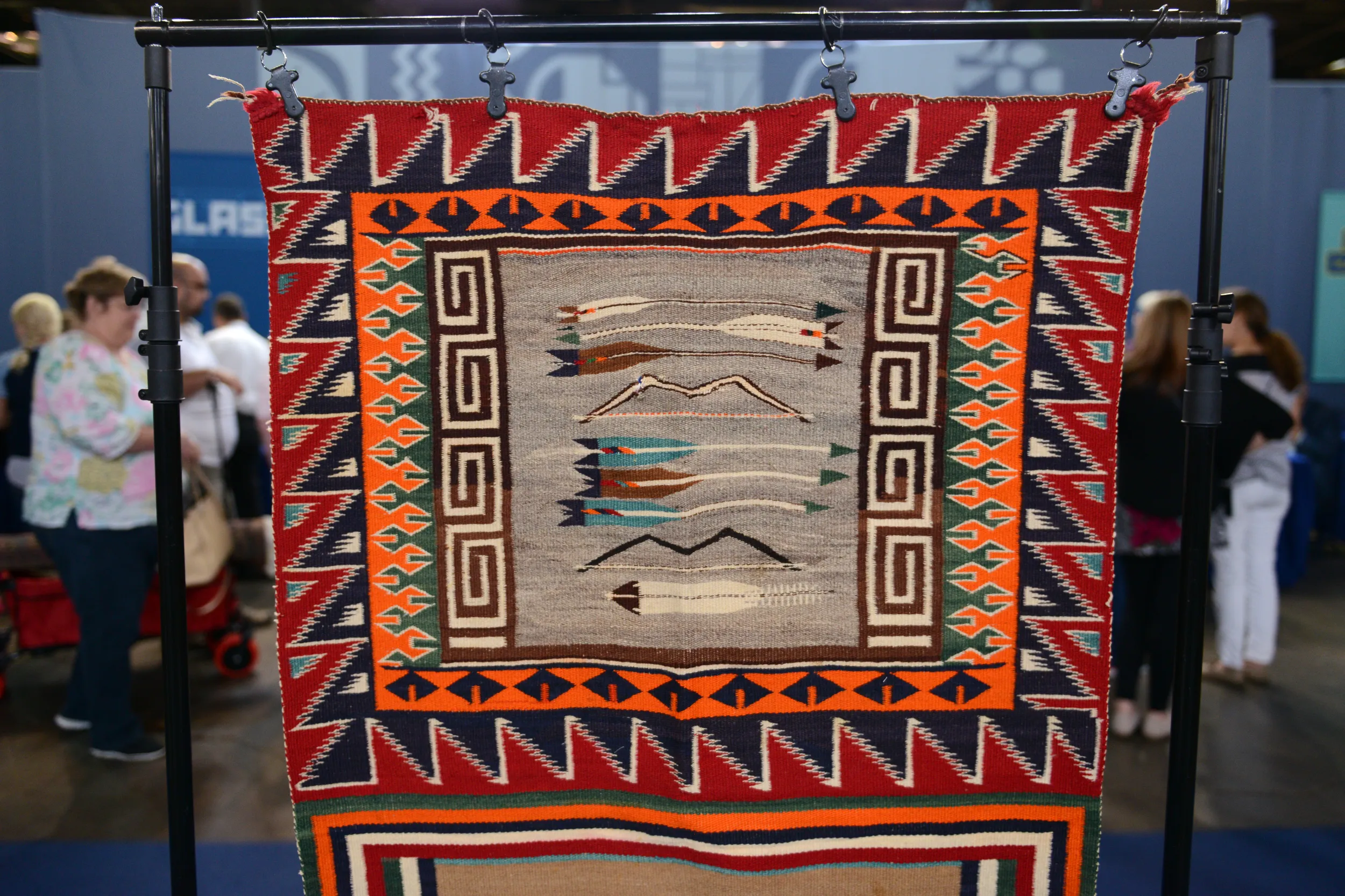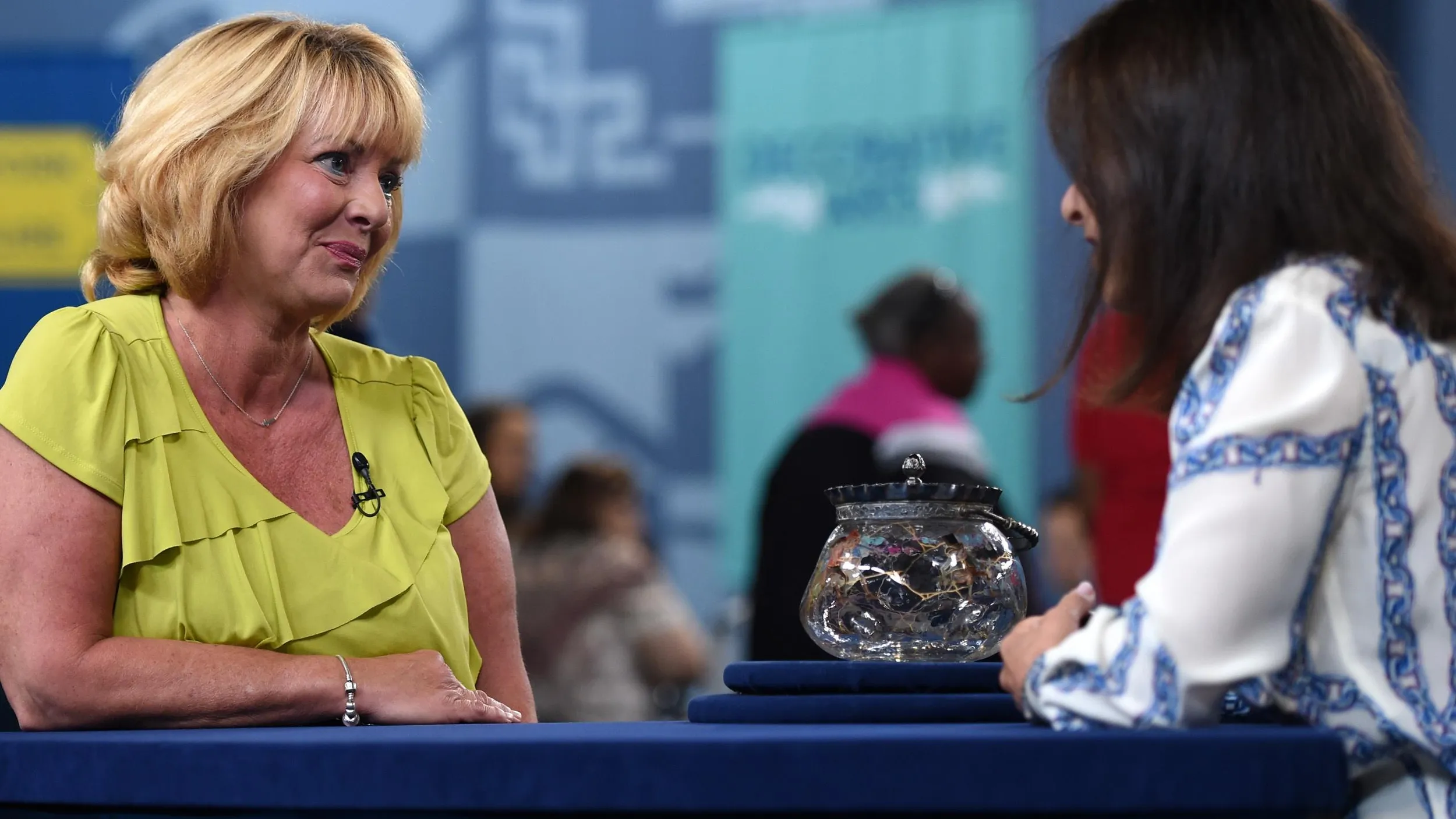GUEST: It's been sitting in a cedar chest in my home for a number of years. All I know is that my great-grandfather spent a lot of time out West, primarily in Idaho. And so I'm assuming he picked this up at some point out there, but, really, I don't know much about it, and that's why I brought it today.
APPRAISER: Was he a collector?
GUEST: I believe at some point he did some type of trading with the textiles, but I'm not for sure.
APPRAISER: What made me attracted to this particular piece in that stack of textiles, which were Navajo rugs, as is this, was the fact that this is a very fancy saddle blanket. And for years they've been considered somewhat utilitarian. The Navajos made them for themselves starting in the mid- to late 1800s. And then, as the horse became the cultural asset of the West, the cowboys would turn to the Navajos for such striking weavings as this. So they were sort of dismissed for years as not being particularly interesting. But when you get to the late 1800s, 1900s time period, you got these really fancy Sunday... They call them Sunday saddle blankets, or eye dazzlers, because if you're going to polish up your car and take it out for a spin on Sunday, you're going to put all your finest efforts into it.
GUEST: Yeah.
APPRAISER: Same deal with your horse being your greatest sort of material asset, and all the equipment that you would put on your horse.
GUEST: So you said this was from what time period?
APPRAISER: 1910, 1920.
GUEST: Now, what part of the country, were they in, out West?
APPRAISER: They were in the American Southwest. The reservations covered the New Mexico, Arizona, Colorado, and Utah area.
GUEST: Okay.
APPRAISER: So we can see a little wear spot on this particular blanket, and it would be consistent with the wear that you would find underneath a saddle.
GUEST: Okay.
APPRAISER: This is finely woven. There might have been even another coarse saddle blanket used underneath it.
GUEST: Okay.
APPRAISER: So where, did you keep these things just rolled up in a closet at home?
GUEST: They were folded up in a cedar chest in my room.
APPRAISER: On the market today, this piece would sell for $1,500 to $1,800.
GUEST: Wow.
APPRAISER: At auction.
GUEST: Wonderful.





